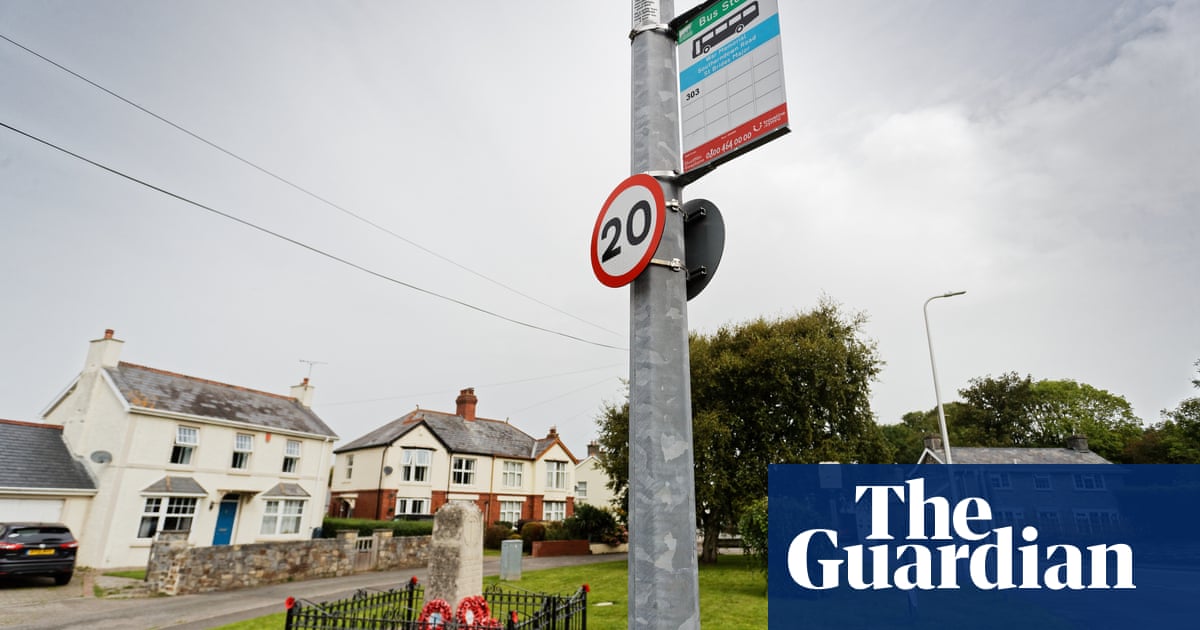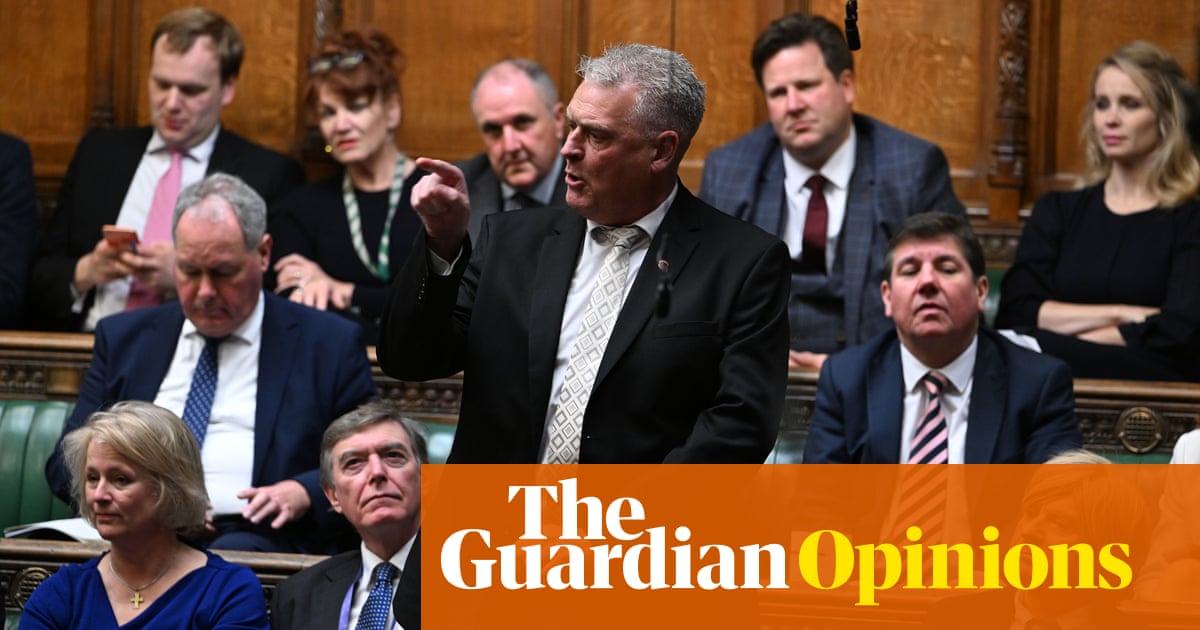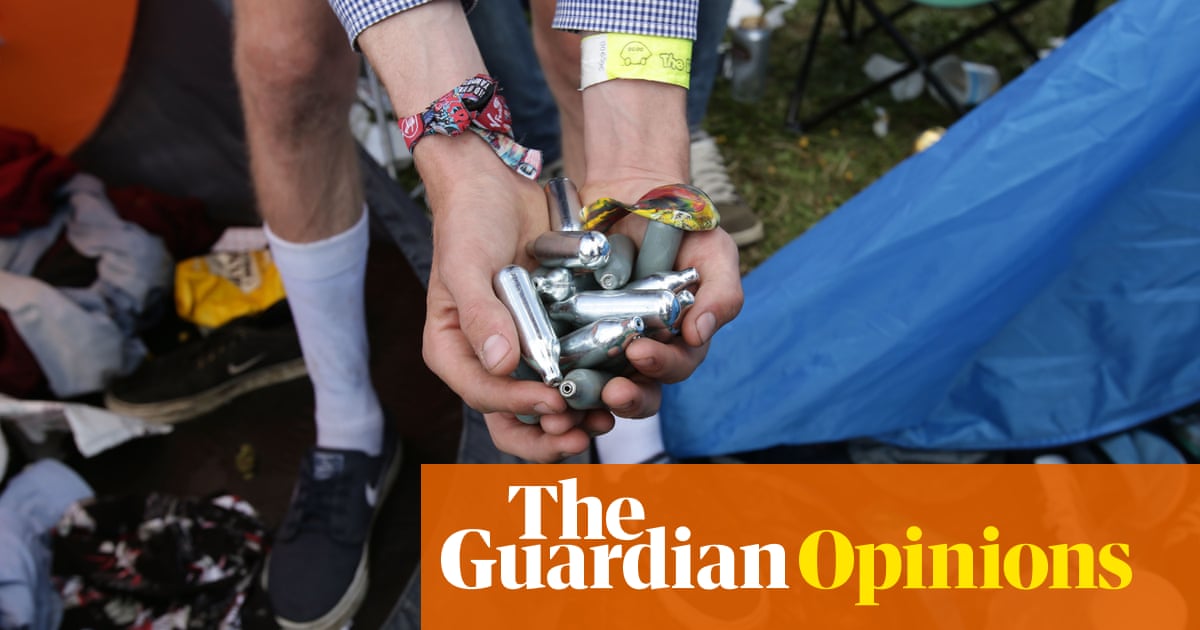
Conservative MPs and rightwing commentators have misrepresented the jury’s verdict in the trial of the four protesters who toppled the statue of the slave trader Edward Colston in order to fan the flames of a divisive culture war, one of the defendants has told the Observer.
Rhian Graham said the jury had accepted the argument put forward by the protesters’ lawyers – that they had a lawful excuse to remove the statue because continued veneration of a slave trader responsible for the brutal transportation of thousands of enslaved African people in the centre of Bristol amounted to a hate crime.
“None of us denied toppling the statue. But we definitely did not admit to criminal damage. We all believed what we did was right and necessary – and the jury listened for 10 days and found we acted lawfully,” she said in a pub garden in the city.
“The verdict does not give people the right to go around smashing things up willy-nilly.”
Graham, 30, and Jake Skuse, 33, Milo Ponsford, 26, and Sage Willoughby, 22, were cleared of criminal damage last week for their role in pulling down the Colston statue during a Black Lives Matter protest in Bristol in June 2020.
However, the attorney general, Suella Braverman, said on Friday she was considering referring the case to the court of appeal to clarify the law as the verdict was “causing confusion”. The acquittals cannot be overturned and there cannot be a retrial without fresh evidence, but judges could be asked to clarify points of law.
This came after a backlash from Tory MPs, who claimed the verdict was “perverse” and “a vandal’s charter” that “allows anyone to rip down statues, vandalise public art and memorials or desecrate buildings”.
John Hayes MP, who wrote to Braverman on behalf of the “anti-woke” Common Sense Group of Tory MPs, claimed the jury was devoid of an understanding of criminal damage because if “you damage, destroy or deface property without permission, you are guilty by definition”.
The Daily Mail columnist Richard Littlejohn asserted the four cleared protesters had made no attempt to deny they had been caught on camera “committing criminal damage”.
However, legal experts have pointed out the law does allow property to be damaged if there is “a lawful excuse”. The Colston verdict follows similar cases where juries have found environmental and anti-war campaigners were justified in damaging property to prevent greater crimes.
Graham – who brought rope to the demonstration and helped the crowd drag the statue from its pedestal – said misleading comments by some MPs were preventing vital conversations about the country’s history.
“These tactics are really damaging to unity because people hang on to these taglines and buzzwords rather than delving into the nuances of each situation,” said Graham, who works in the events industry.
“I keep hearing that this case is a green light for pulling down statues. But it’s not – it’s about this statue, in this city, in this time.”
The group’s impassioned, tearful remarks on the steps of Bristol crown court after they were exonerated were derided as “woke platitudes” by the Daily Mail. Other papers referred to the four cleared protesters as “vandals” and “woke statue-topplers” in the days that followed.
“The war on woke is a feeble attempt to find another scapegoat – a sort of mythical enemy to blame everything on,” said Graham. “Woke is actually a colloquial term for being aware of social injustice – it’s been appropriated by the right as a way to demonise young people who care about equality and making the world a better place.”
While Graham has become the unofficial spokesperson for the Colston Four, she has been careful to closely guard her privacy, partly out of fears about “being targeted” by “malicious people” enraged by the culture war stoked by Tory MPs.
But last week a reporter working for the Sun turned up at the place where she is living, which is different to the postal address given in court. “I’ve intentionally kept where I live out of the news – so where did they get that information? It made me feel intimidated,” she said. Her father also had to fend off unwanted approaches. “Someone turned up at my dad’s house in Norfolk,” she said. “It’s not nice to know someone is snooping around.”
The felling of Colston by a crowd of black and white protesters 18 months ago has forced Bristol to examine its pivotal role in the transatlantic slave trade. Colston’s name has been removed from two schools, a university building, a concert hall and a pub in the city. A stained-glass window dedicated to Colston has also been taken down.
But the eventual fate of the statue is still unclear. It was put back into storage last week after being displayed for more than seven months in a Bristol museum, where thousands came to see the graffiti-sprayed monument laying on its side, without its notorious plaque celebrating “one of the most virtuous and wise sons of the city”.
The commission set up by the city’s mayor, Marvin Rees, after the toppling, is due to make detailed recommendations next month about the future of the statue and the empty plinth from which Colston once surveyed the city centre.
Prof Tim Cole, the commission’s chair, said there had been 14,000 responses to a consultation on the statue. “I’ve spent the last week reading through millions of words. We were really surprised by the level of engagement: this is a subject people in the city really care about,” he said. “We are almost there with some very specific recommendations about the future of the statue and plinth.”
Cole said the verdict last week was now part of the statue’s history. “It is put up in the late 19th century, it’s taken down in the early 21st century. And four of those who took it down are put on trial and found not guilty by a jury in the city,” he said.
“They are very much part of the story of the statue. It is a historic moment.”












